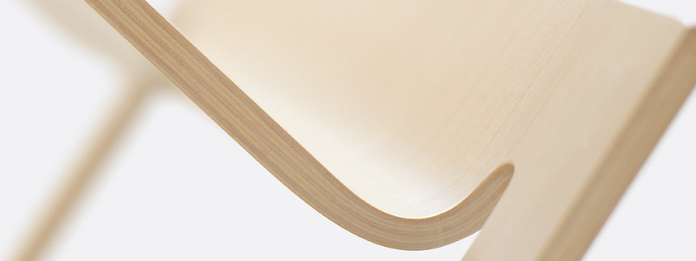The voxia collection applies the following eco-design strategies for sustainable furniture in the design process:
- Anti-fashion – a design that avoids temporary, fashionable styles
- Anti-obsolescence – a design easily repaired and maintained
- Appropriate/intermediate technology – design that apply appropriate levels of technology for the local economic, political, environmental and socio-cultural conditions
- Classic design – creating a design that will have socio-cultural durability
- Lifecycle Analysis (LCA)
- Reusable product – a product that can be reused at the end of its lifespan for an identical, similar or new use
Pre-production/materials selection
- Biodegradable – decomposed by action of microbes such as bacteria and fungi
- Certified sources
- Lightweight – material with a high strength-to-weight ratio
- Low-embodied-energy materials
- Reduction in materials used – reducing the materials required to deliver the required design functions
- Single or mono-materials – consist of pure materials rather than mixtures which facilitates recycling
- Stewardship sourcing – materials from certified sources and supply chain management. FSC.
Making
- Avoidance of toxic
- Efficient use of raw and manufactured materials – reducing materials used and minimizing waste production
- Lightweight construction – reducing materials used but maintaining strength
- Reduced resource consumption – reducing materials used, especially raw materials extracted from the environment
- Assembly – moulded in one process/piece. No assembly
Recycling and reuse
- Design for recyclability (DfR) – is a design philosophy that tries to maximize positive environmental attributes of a product, such as ease of disassembly, recyclability, maintenance, reuse of refurbishment, without compromising the products functionality and performance
- Single material components – components made of one material (a mono-material component)
Distribution/transportation
- Lightweight products – products that have been designed to be lightweight, yet retain full functionality, and as a result require less energy to transport.
Functionality and use
- Reduced noise/noise pollution – products designed to minimize distress and disturbance caused by excessive noise
- Portable – a product that is easily transported for use in different locations and storing
- Safe, i.e. non-toxic and non hazardous – a product without adverse effects on human health
Design to increase product lifespan
- Design for easy maintenance
- Durable – products that are tough, owing strong material and high-quality manufacturing and resistant to use and wear
Disposal
- Recycling – products that are designed to be easily recyclable by being made of single material or by being easily disassembled into materials or components that can be recycled.

